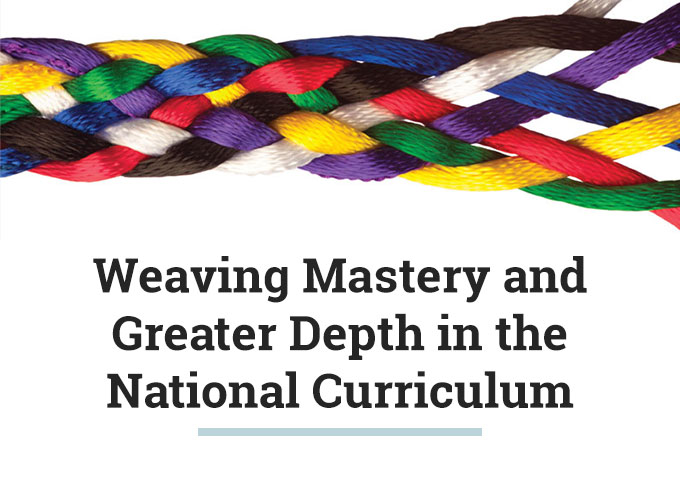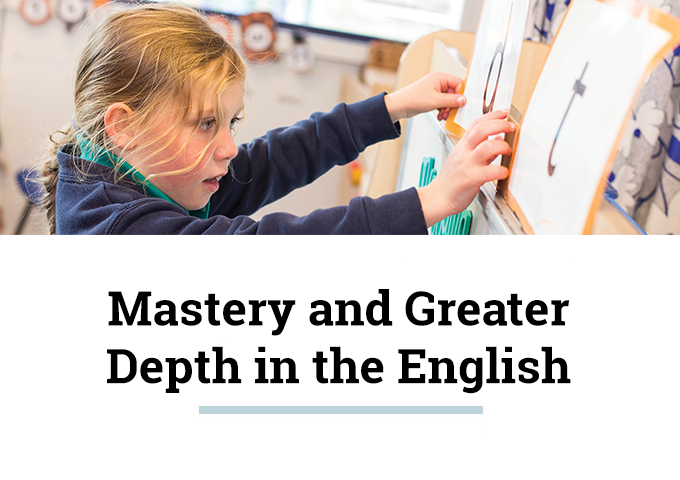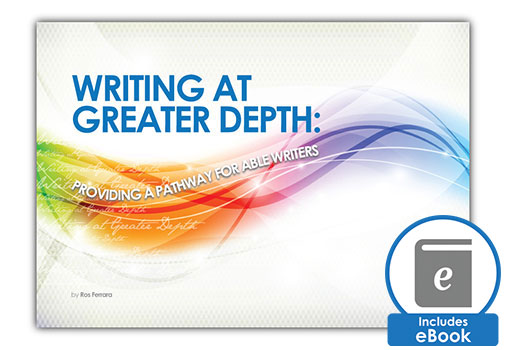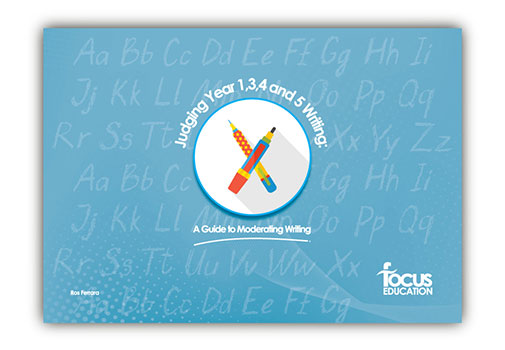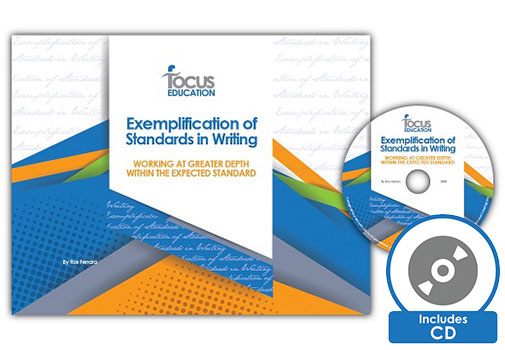
The below extract is taken from Writing at Greater Depth by Ros Ferrara. Click here to see sample pages.
This publication looks at recognising greater depth in writing with children in each year group, it discusses a writing sample and offers suggestions to ensure progress and deep learning. The requirements for the end of KS2 are reviewed in detail with practical suggestions and resources to meet them.
Writing at Greater Depth
It is clearly understood that standards in writing in the current curriculum are raised and that all writing needs to be effective, impact on the reader and be accurate. For all pupils, to meet the expected standard at the end of each year is the aim of all teachers. This, in itself requires highly effective and reflective teaching.
In addition, there remains the scope for pupils to demonstrate that they are working at greater depth within the expected standard. Official guidance for this is lacking both in substance and clarity so it makes recognising greater depth in writing very hard. It is available only for Year 2 and Year 6 and in Year 2 refers only to punctuation, spelling and handwriting.
Recognising Greater Depth in Writing
The children who are judged to be writing at greater depth are children who stand out as writers. They are the children who take our breath away when we read their texts. There will not be many of these children and the number will vary from cohort to cohort. Whilst we cannot “teach” children to be greater depth writers, we can most certainly offer them opportunities, choices and ensure that any technical aspects of writing are secure and their use understood.
What could we expect to see for children writing at greater depth? Children who:
- read with a writer’s eye, noticing the effects a writer creates and asking how he or she did it;
- master handwriting and spelling – these skills need to be automatic so that children are not too preoccupied with them to concentrate on composition;
- know what they want to say – pupils need reasons to write, and suitable content to write about
internalise the different stages of the writing process: planning, drafting and editing and proof reading their work; - write with a reader’s eye, constantly re-reading work to check that it makes sense and that the message is effectively conveyed;
- know how different sorts of texts are structured, so that, over time, they can create their own structures appropriate to audience and purpose;
- have a feeling for grammar, varying and controlling sentence structure with ease, in order to create different language effects;
- are capable of writing at length while maintaining a sense of audience, purpose and organisation.
From early on, children’s writing may:
- have a strong awareness of audience;
- pay attention to the craft of writing;
- show an original style or “voice”;
- show an ability to imitate or experiment with different styles of writing;
- show an awareness of more sophisticated language and literary features and consciously use them;
- apply reading experiences to writing;
- show a dislike of repetitive, closed or over-scaffolded tasks.
Related Blogs
Continue the Conversation on Writing at Greater Depth
If you still have questions about greater depth in the English curriculum or want to talk about different options, get in touch with the Focus Education office on 01457 821 818.
Related Publications
Vicky is the Marketing Executive at Focus Education.



